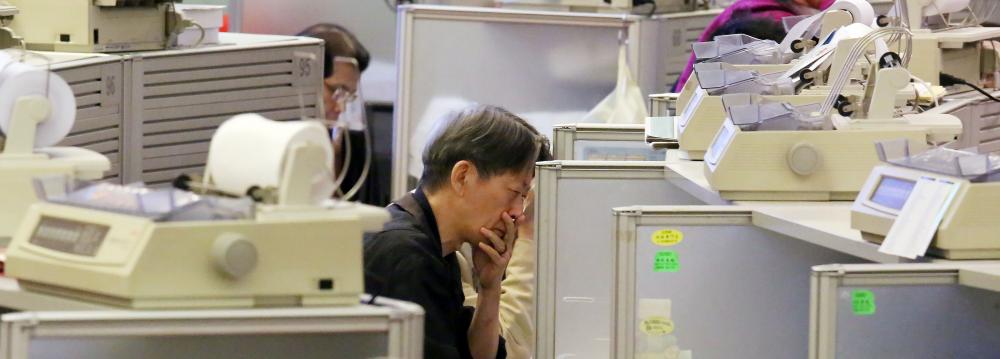Recent suggestions to solve China’s massive corporate debt through swaps and securitization are grabbing headlines, but the measures could make the problem worse, experts at the International Monetary Fund said in a blog post.
China’s bulging private debt pile has come under scrutiny in recent months as the world’s second-largest economy continues to slow. The IMF estimates corporate debt in China at 160% of GDP, “which is very high compared to other, especially developing, countries,” the IMF’s James Daniel, Jose Garrido and Marina Moretti wrote in a blog post on Tuesday, CNBC reported.
Rating agencies Moody’s Investors Service and Standard & Poor’s have taken note: both trimmed the outlook on China’s sovereign debt rating to negative last month.
Authorities are taking steps to tackle the crisis. According to a Reuters report last month, the country’s central bank is preparing regulations that would allow banks to swap non-performing loans of companies for stakes in the same firms.
The country also granted six large domestic banks quotas to issue asset-back securities with non-performing loans as underlying assets, it was reported in February.
The IMF warned that these steps may not be enough. Worse still, the proposed response may end up harming more than helping.
“While such techniques can play a role in addressing these problems and have been used successfully by other countries, they are not comprehensive solutions by themselves. Unless they are carefully designed and part of a sound overall framework, they could actually worsen the problem, for example, by allowing “zombie” firms (non-viable firms that are still operating) to keep going,” wrote the authors.
“Banks generally also don’t have the expertise to run or restructure a business and debt-equity conversions could create conflicts of interest—banks may keep lending to a now-related party.”
Design is key if the methods are to work, they added.
Debt-to-equity conversions should convert debt of viable firms when there are operational restructuring plans for these companies, at fair value and with the banks holding the equity for a limited time period.
NPL securitization meanwhile should encompass a diversified pool of NPLs under a framework that will force owners to restructure distressed assets and obtain the best values from them.
Most importantly, the techniques need to be part of a comprehensive, system-wide plan addressing social consequences and requiring good governance, added the authors.


